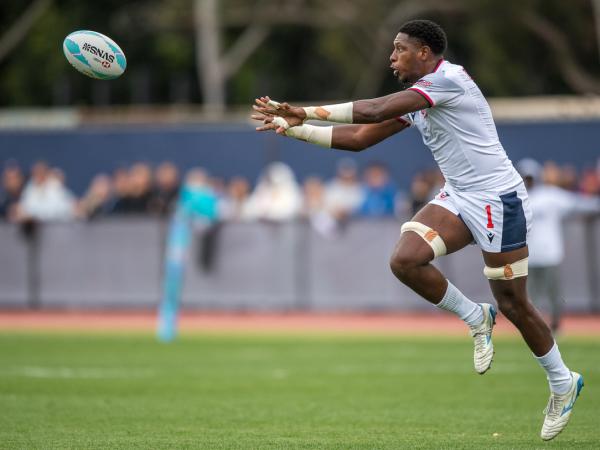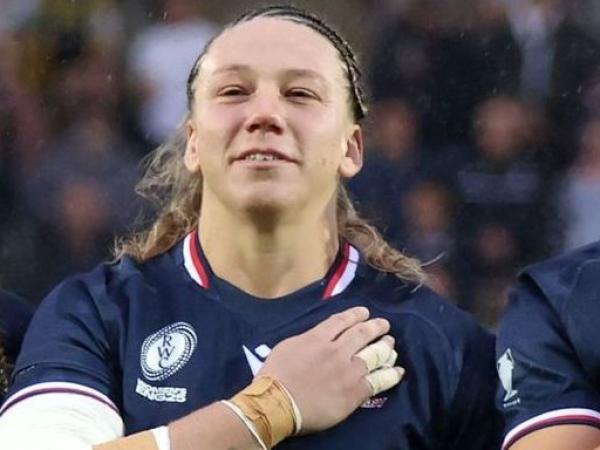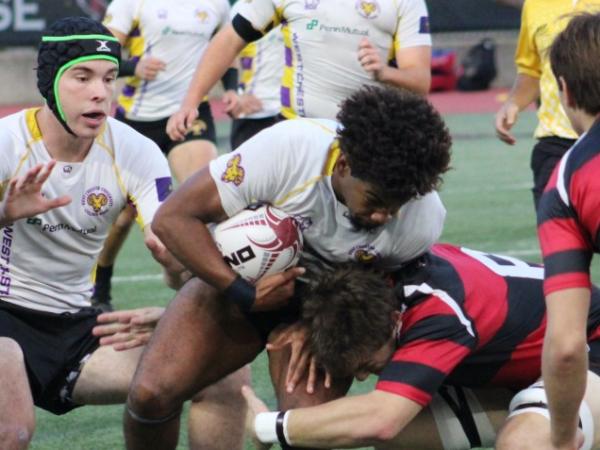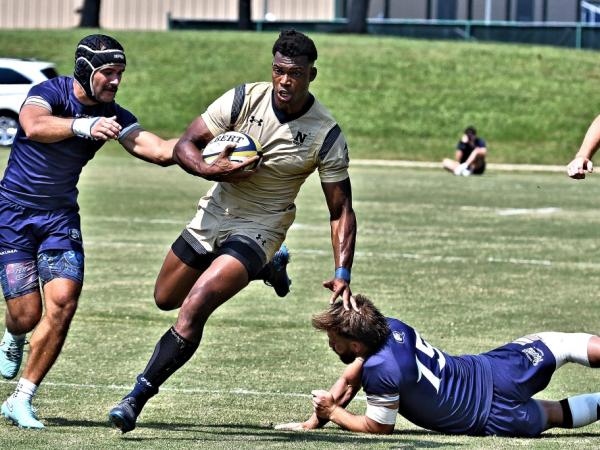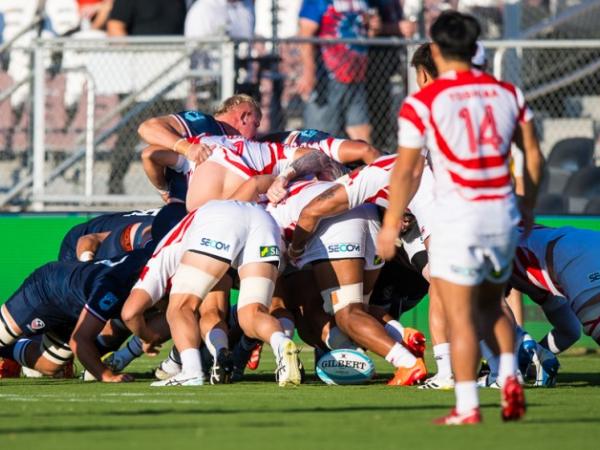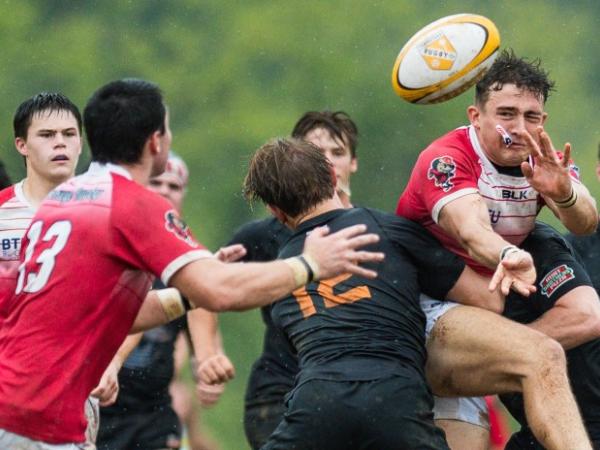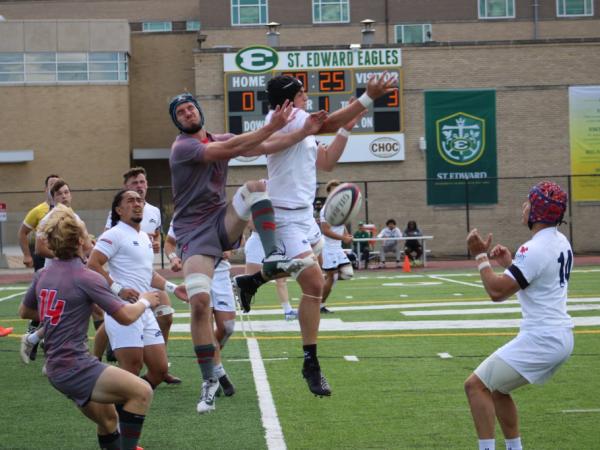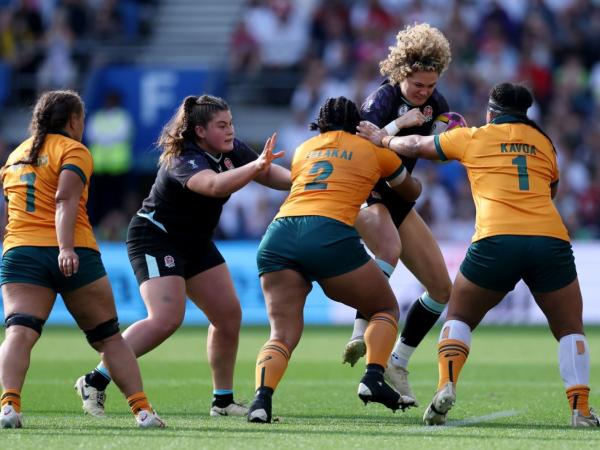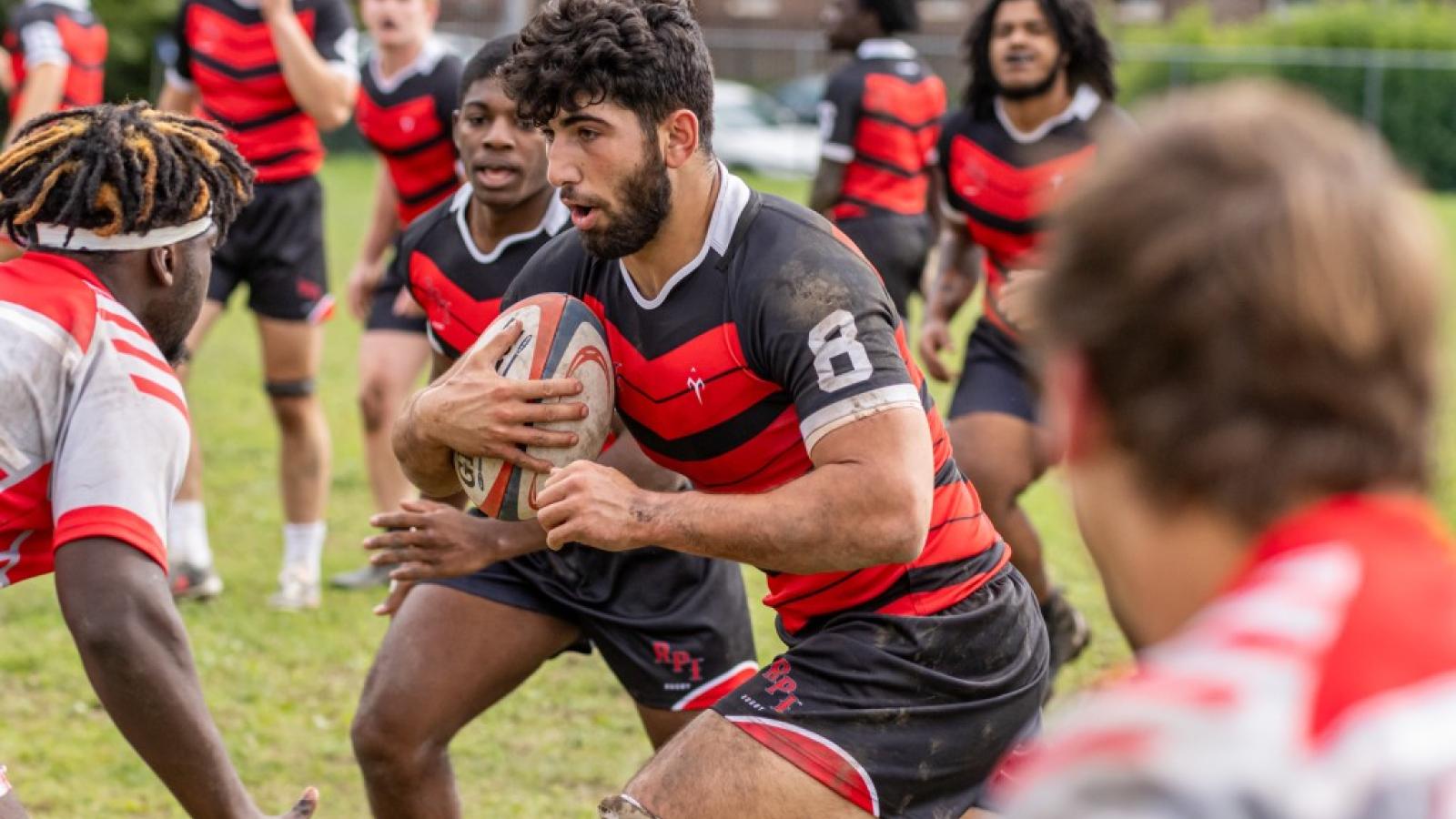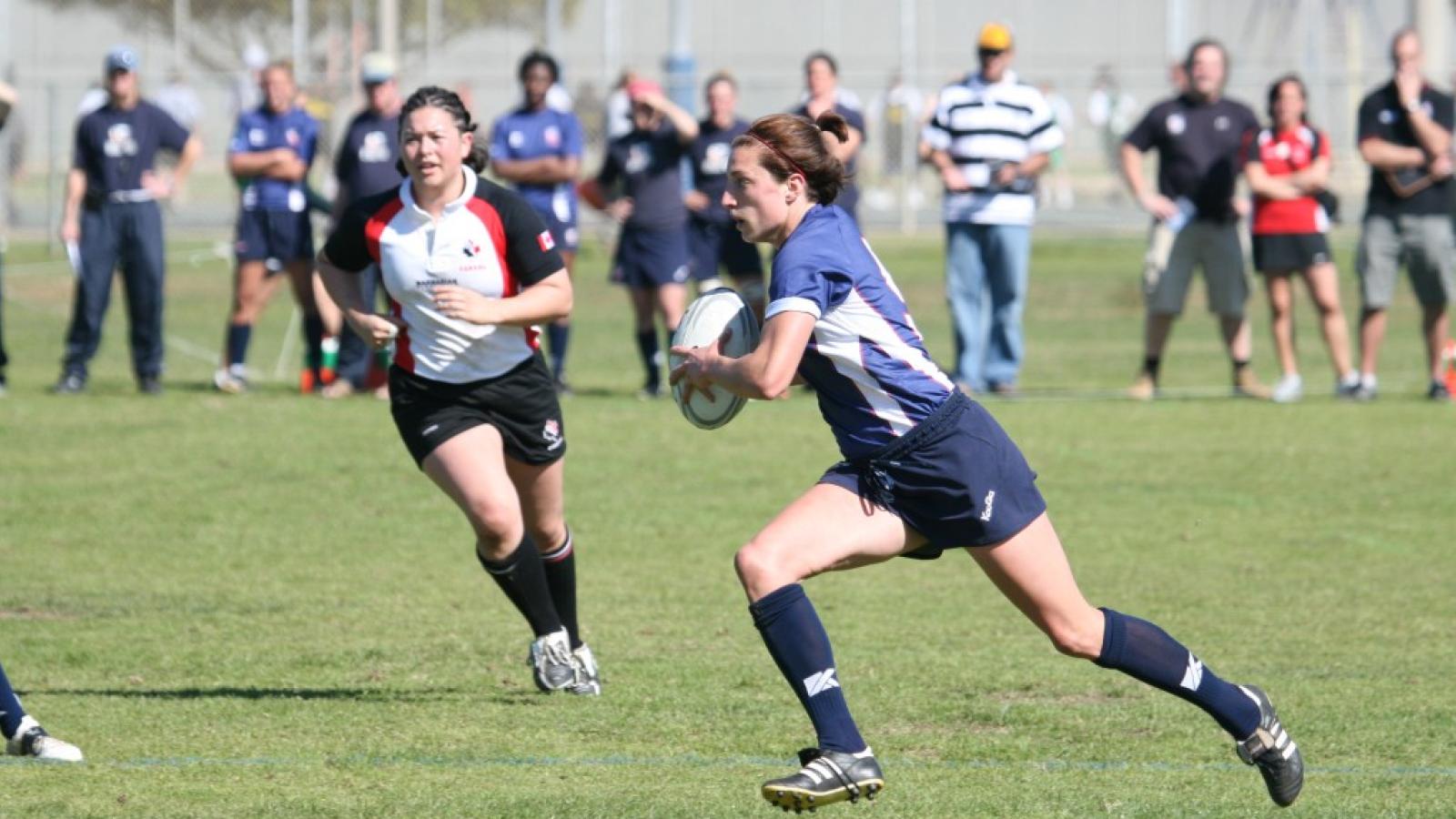The Women’s Premier League (WPL) is kicking off its 2023 Season in April and with it see a series of changes within the league.
The WPL’s league leadership spent the majority of 2022 working with cross-league stakeholders to outline and implement significant changes to put the league on the path towards professionalization, and while most of the changes are behind the scenes, some are right out in front.
The Schedule and the Teams
The most obvious changes in the WPL are the extended schedule and the which teams are competing in the 2023 Season.
Extending the competitive calendar to include more games provides opportunities to develop more players and build depth, and also allows for creativity in offsetting player costs. For example, with an extended schedule teams can avoid traveling on holiday weekends, or cut out back-to-back cross-country travel.
The new calendar also allows for the flexibility to align more closely with USA National Team assemblies, prioritizing development without hurting numbers when a team travels. As a result, the new-look WPL schedule will run from mid-April through to late September, with a significant break in the summer (mid-June to mid-August) during which most teams will play just one game.
 |  |
The schedule means an expanded number of games per team, with everyone playing 12 games, a 50% increase from previous seasons. This is a result of a plan by league leadership and the member clubs to elevate the league by providing more competition while at the same time trying to balance demands on players in a concentrated period of time.
“What we didn’t want was a league-versus-national team situation,” said Sam Luther, WPL Board Member. “We are the domestic development entity for the Women’s National Team, so having real alignment here is integral to both entities' goals. We both have to put our money where our mouth is and do our best to work within the international rugby calendar while also recognizing that any changes from the top—World Rugby—down have to be communicated early and transparently.”
This is a demand on the players and clubs, to be sure, but since the WPL is the elite women’s club league in the USA, and since it is very rare for a rugby player to come straight out of college or high school and make the Eagles, a strong, elite domestic league is crucial to the future of the game at the higher levels.
The league will also see a smaller group of teams competing in 2023. With the enhanced standards of the League, three teams have stepped away (for now) partly to focus on their own maturity and development. Beantown RFC, New York Rugby Club, Chicago North Shore, Twin Cities Amazons, Colorado Gray Wolves, Berkeley All Blues, and Life West Gladiatrix will compete for the WPL National Championship. San Diego Surfers, ORSU, and Atlanta Harlequins will participate in their regional community competitions or touring for 2023.
“What these teams did was incredible," said KJ Johnson, WPL League Leader. "They had really hard internal conversations and determined that although they support the direction of the League, they personally aren’t quite there yet. In all of those conversations, they all asked what the pathway back into the WPL may look like, and although we don’t know those answers yet, their altruism and dedication to the League is appreciated and won’t be soon forgotten.”












